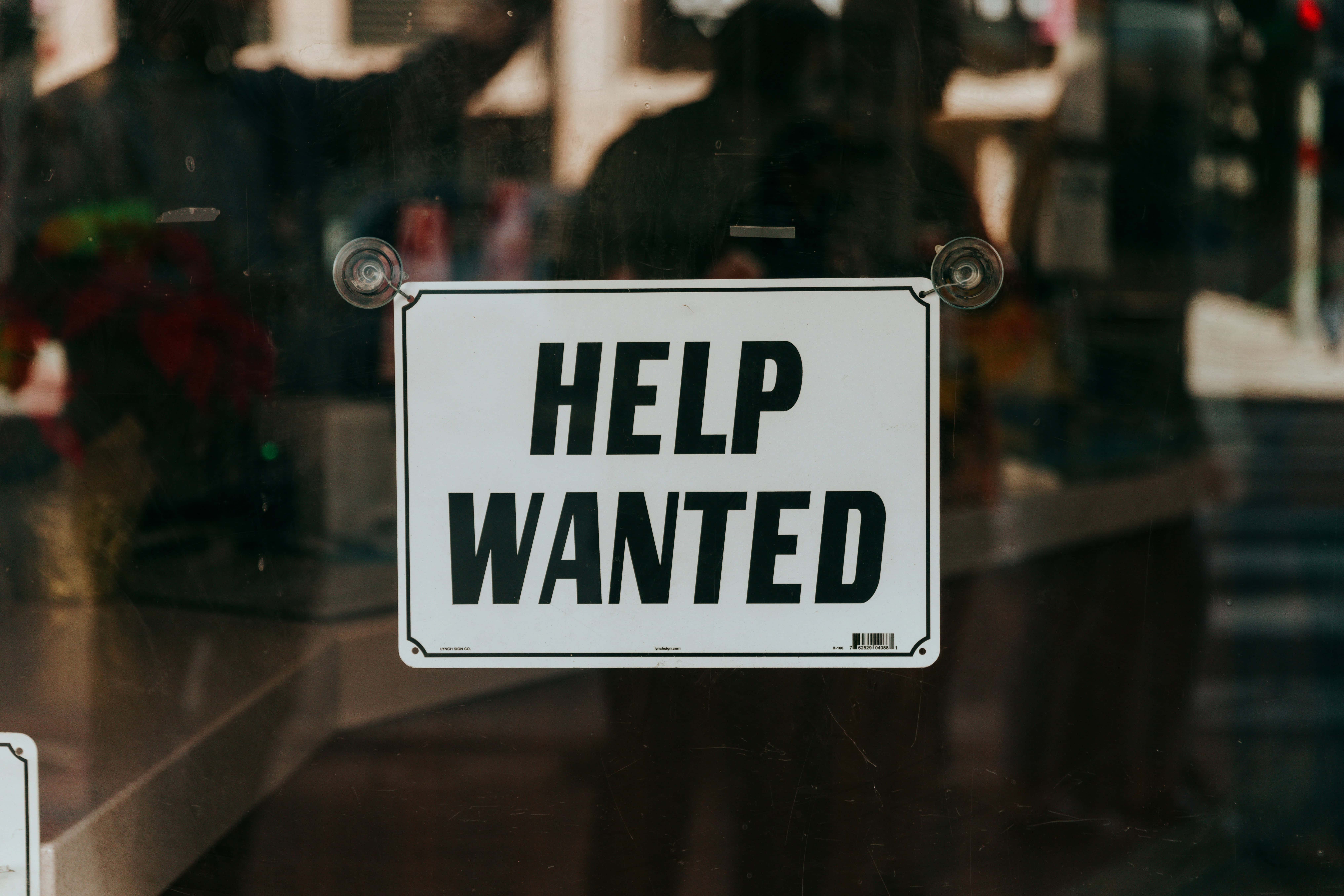Why Skill Gaps in the Workplace Are Widening (+ Expert Solutions for 2025)

Skill gaps in the workplace have become a critical business challenge. Companies struggle to find qualified candidates for positions, despite available applicants.
The data is concerning: 87% of companies report significant skill gaps or expect them soon, costing businesses approximately $13.5 million per 1,000 employees annually.
Like fitness training requires understanding current capabilities before setting new goals, addressing skill gaps needs clear workforce assessment.
2025 is unique due to rapid skill evolution. Technologies transform monthly, making last year’s cutting-edge skills obsolete. The workplace isn’t just changing—it’s transforming.
What is a skills gap and why is it growing?
A skills gap represents the mismatch between employer needs and employee capabilities—a growing challenge affecting organizational performance. Unlike temporary staffing shortages, it shows a fundamental disconnect between business requirements and workforce abilities.
Definition and current context
A skills gap occurs when organizations can’t find employees with necessary qualifications. It manifests through unfilled technical positions, inadequate soft skills, or insufficient industry knowledge.
The data paints a concerning picture, with 70% of employers reporting significant skills gaps in key areas—up from 55% in two years. Additionally, 68% of business leaders expect critical tech and data gaps by 2030.
Several key factors drive this growing divide:
- Rapid technological evolution – While automation and AI transform 86% of organizations, technical talent remains scarce.
- Demographic shifts – Daily retirement of 10,000 baby boomers results in loss of vital institutional knowledge.
- Inadequate education systems – Only 11% of STEM degrees are in computer science, despite 67% of new STEM jobs being in computing.
- Reduced soft skills development – Declining early work experience impacts interpersonal skill development.
The impact is significant—49% of executives worry about skill gaps hindering business strategy, while 59% face recruitment challenges and 53% struggle with retention.
How 2025 is different from previous years
Skills now have a five-year shelf life, with 39% expected to become outdated between 2025-2030.
What makes 2025 particularly challenging is that skill gaps are now the primary barrier to business transformation, with 63% of employers citing them as a major obstacle through 2030.
The scale of workforce development needed is staggering. Of the global workforce, 59% will need training by 2030—29% requiring upskilling in current roles and 19% needing redeployment within organizations. However, 11% risk unemployment without proper reskilling.
In response, 85% of employers prioritize upskilling, while 70% plan to hire for new skills. Additionally, 40% expect to reduce staff with outdated skills, and 50% aim to transition employees to growing roles.
Skills obsolescence is accelerating rapidly. Job skill requirements have shifted 25% since 2015, with 44% of workers’ skills expected to be disrupted by 2028. Only 22% of leaders believe technical skills last beyond five years.
The most critical skill gaps in today’s workplace
Modern workplaces face specific competency gaps crucial for organizational success, particularly in innovation, collaboration, and adaptability.
1. Communication and collaboration
Despite technological advances, effective communication remains a challenge. While 93% of employers prioritize communication, only 41% of employees excel at it. This 52-point gap represents a major skill discrepancy, costing businesses $12,506 per employee annually.
2. Problem-solving and critical thinking
While 85% of employers prioritize critical thinking and problem-solving, only 29% of graduates meet expected standards. Organizations with strong analytical capabilities show 70% higher growth, making critical thinking crucial for future workplace success.
3. Digital literacy and software fluency
With 82% of middle-skill jobs requiring digital proficiency, only 7% of workers have advanced digital skills. This gap widens as technology evolves, particularly in data analysis and AI. Currently, 65% of employers struggle to find technically qualified candidates.
4. Leadership and emotional intelligence
Leadership skills at all levels are vital in modern organizations, with 77% reporting leadership gaps. Teams led by emotionally intelligent managers outperform goals by 20%, yet only 36% of employees report consistent emotional intelligence in their managers.
5. Adaptability and resilience
In today’s disruptive environment, only 33% of workers consider themselves highly adaptable. Organizations with flexible workforces recover from setbacks 50% faster, and resilient employees are 31% more productive during change. However, only 19% of companies have effective resilience training.
These widening skill gaps reflect workplace transformations, including technological acceleration and evolving business priorities.
Why these gaps are widening in 2025
Outdated education systems
Traditional education systems lag behind workplace needs, with 31% of employers citing inadequate training and 30% noting insufficient applicants as key causes of skills gaps [8]. In technical fields, curriculum development takes 3-5 years while industry needs change monthly [9], leaving graduates with outdated skills.
Rapid tech evolution and automation
Technology advancement is the primary driver of skills gaps, with 42% of organizations identifying evolving IT sectors as the main cause [8]. While 81% of IT professionals want to use AI, only 12% have the required skills [8]. Workers face 39% of their skills becoming obsolete between 2025-2030 [7].
Generational shifts in work experience
With five generations working together [10], the retirement of baby boomers creates knowledge gaps in technical fields. As labor force participation decreases from 67% in 2000 to under 63% in 2024 [2], organizations struggle to replace specialized expertise.
Younger generations express their own worries, with nearly half of Gen Z believing AI will replace their jobs within five years [11], impacting their workplace engagement.
Hiring practices that overlook potential
Traditional recruitment methods often worsen skill gaps. Organizations use keyword filters that exclude qualified candidates lacking specific terms [12], while strict degree requirements limit talent pools unnecessarily.
Applicant Tracking Systems have led employers to add technical requirements across all industries, making many graduates unsuitable for entry-level roles [12]. This creates a cycle where employers struggle to find talent while qualified candidates remain unemployed.
Consequently, 63% of employers see skill gaps as the main obstacle to business transformation through 2030 [7].
How to identify skill gaps in your organization
Identifying skill gaps requires combining various assessment methods and data sources. Organizations need systematic processes to identify capability shortfalls.
Conducting a skills gap analysis
A skills gap analysis compares your organization’s current skills versus needed capabilities. The process starts by defining critical role skills [13], developing assessment tools, creating skills matrices, and maintaining regular updates [14]. A skill is deemed critical if poor outcomes occur despite task completion [15].
Using performance reviews and 360 feedback
Performance reviews assess employees against key performance indicators, revealing skill gaps and training needs [16]. 360-degree feedback enhances this by gathering input from supervisors, peers, and direct reports [17]. This multi-rater approach, typically involving 8-12 anonymous evaluators, provides comprehensive performance insights [1]. Notably, 85% of Fortune 500 companies use 360 assessments for development rather than performance management [1].
Leveraging self-assessments and peer input
Self-assessments help employees recognize their development needs, while peer feedback offers valuable colleague perspectives [3, 18]. These assessments improve evaluative judgment and feedback literacy [19].
Benchmarking against industry standards
Benchmarking compares workforce capabilities to industry norms, helping identify gaps before they become challenges [3]. Organizations can prioritize training investments using reliable benchmarks from industry associations and consulting firms [20].
Expert solutions to close the gap in 2025
Experts have identified solutions combining technology and human-centered strategies to address 2025’s workplace skill gaps.
1. Personalized learning and upskilling programs
AI-powered platforms create tailored development paths by assessing capabilities and identifying gaps. With 85% of employers prioritizing workforce upskilling, these systems align personal goals with organizational needs [21].
These platforms enable employees to access relevant content efficiently, integrating skill development into career growth through AI-driven recommendations.
2. Soft skills training through immersive learning
VR has transformed soft skills development through risk-free practice environments. Studies show 90% of facilitators report improved student confidence [6], with 30% higher satisfaction and 10-15% better retention versus traditional methods [22].
3. Mentorship and coaching initiatives
Structured mentoring bridges skill gaps through knowledge transfer. With 94% of employees more likely to stay at companies investing in learning [23], mentoring helps staff identify gaps and maximize capabilities.
4. Embedding learning into daily workflows
Integrating development into work ensures timely knowledge acquisition through wikis and just-in-time resources. This approach increases engagement and retention [24].
5. Building a culture of continuous development
Creating an environment of ongoing learning requires leadership support, strategic alignment, and recognition of growth pursuits.
Effective implementation includes regular skill practice, diverse learning resources, and rewards for development commitment. Organizations successfully building this culture see 73% of employees reporting improved satisfaction with reskilling efforts [25].
Conclusion
The widening skill gaps pose a critical challenge for organizations approaching 2025, threatening productivity and survival with financial impacts exceeding $13 million per 1,000 employees annually.
Skill gaps in communication, critical thinking, digital literacy, leadership, and adaptability expand due to outdated education systems, technological acceleration, and demographic shifts.
Organizations must identify skill deficiencies through comprehensive assessments including gap analyses, performance reviews, and industry benchmarking.
Solutions include personalized learning platforms, immersive technologies, mentorship programs, and workflow-integrated learning.
Organizations that thrive will transform skill development from occasional training into continuous improvement. Those implementing strategic approaches will convert workforce challenges into competitive advantages through sustained investment in their people.
References
[1] – https://www.aihr.com/blog/360-review-process/
[2] – https://kenaninstitute.unc.edu/kenan-insight/grand-challenge-2025-the-skills-gap/
[3] – https://www.morganmckinley.com/article/skill-gap-analysis-tools-techniques-and-path-forward-employers
[4] – https://www.springboard.com/blog/business/skills-gap-trends-2024/
[5] – https://learning.linkedin.com/resources/workplace-learning-report
[6] – https://bodyswaps.co/
[7] – https://www.weforum.org/publications/the-future-of-jobs-report-2025/digest/
[8] – https://www.techuk.org/resource/will-ai-and-automation-solve-or-worsen-the-it-and-tech-skills-gap.html
[9] – https://aclas.college/blog/details/the-skills-gap-crisis-why-traditional-education-can-039-t-keep-up/70
[10] – https://www.weforum.org/stories/2025/01/workforce-change-future-ready-businesses/
[11] – https://www.ipsos.com/en/global-opinion-polls/generational-gender-gaps-workplace-issues-appear
[12] – https://www.progressivepolicy.org/wp-content/uploads/2019/03/SkillsGapFinal.pdf
[13] – https://www.mpgtalentsolutions.com/us/en/insights/how-to-conduct-a-skills-gap-analysis
[14] – https://trainingindustry.com/articles/workforce-development/how-to-identify-and-close-skills-gaps-in-your-organization/
[15] – https://www.aihr.com/blog/skills-gap-analysis/
[16] – https://www.mokahr.io/myblog/track-employee-skills-with-hr-tools/
[17] – https://blog.clearcompany.com/what-is-360-feedback-best-practices
[18] – https://www.getbridge.com/blog/talent-mobility/address-skills-gaps-heres-how-skills-assessments-help/
[19] – https://www.sciencedirect.com/science/article/pii/S1747938X22000537
[20] – https://blog.getaura.ai/mastering-industry-benchmarking
[21] – https://www.linkedin.com/pulse/growing-skills-gap-2025-challenges-opportunities-way-forward-4qghc
[22] – https://virtualspeech.com/blog/use-cases-vr-soft-skills-training
[23] – https://chronus.com/blog/workforce-skills-gap
[24] – https://www.cultureamp.com/blog/learning-in-the-flow-of-work
[25] – https://www.people360ai.com/blog/closing-the-skills-gap-with-mentoring










